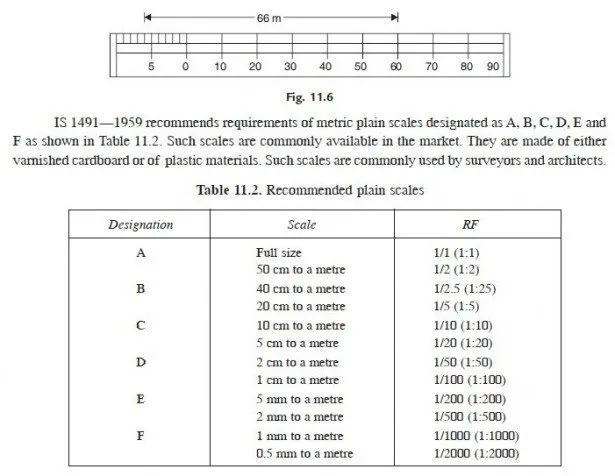Introduction to Surveying
1.1 Object and Uses of Surveying
1.2 Primary Divisions in Surveying
1.3 Fundamental Principles of Surveying
1.4 Classification of Surveying
1.5 Plans and Maps
1.6 Scales
1.7 Types of Graphical Scales
1.8 Units of Measurements
Linear Measurements and Chain Surveying
2.1 Methods of Linear Measurements
2.2 Instruments used in Chaining
2.3 Chain Surveying
2.4 Ranging
2.5 Obstacles in Chaining
2.6 Errors in Chaining
2.7 Tape Corrections
2.8 Conventional Symbols
Compass Surveying
3.1 Types of Compass
3.2 Method of Using a Compass
3.3 Bearing
3.4 Whole Circle Bearing and Reduced Bearing
3.5 Computation of Angles
3.6 Declination and DIP
3.7 Local Attraction
3.8 Chain and Compass Surveying Field Work
Plane Table Surveying
4.1 Plane Table and its Accessories
4.2 Working Operations
4.3 Methods of Plane Tabling
4.4 Errors in Plane Table Surveying
4.5 Advantages and Limitations of Plane Table Survey
15 LEVEL AND LEVELLING
15.1 Object and Uses of Levelling
15.2 Terms Used in Levelling
15.3 Levelling Instruments
15.4 Levelling Staff
15.5 Methods of Levelling
15.6 Terms Used in Direct Method of Levelling
15.7 Temporary Adjustments of a Level
15.8 Types of Direct Levelling
16 MODERN TOOLS OF SURVEYING
16.1 Theodolite
16.2 Electromagnetic Distance Measuring Instruments
16.3 Total Station
16.4 Global Positioning System

WHat is diffrence betweewn surveying and leveling